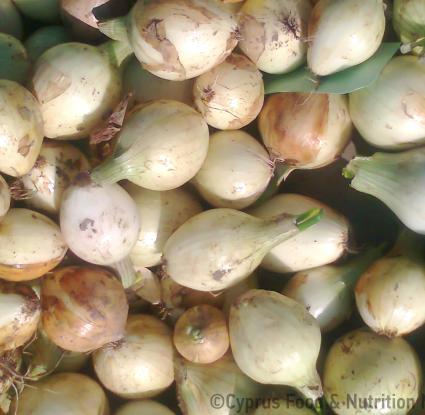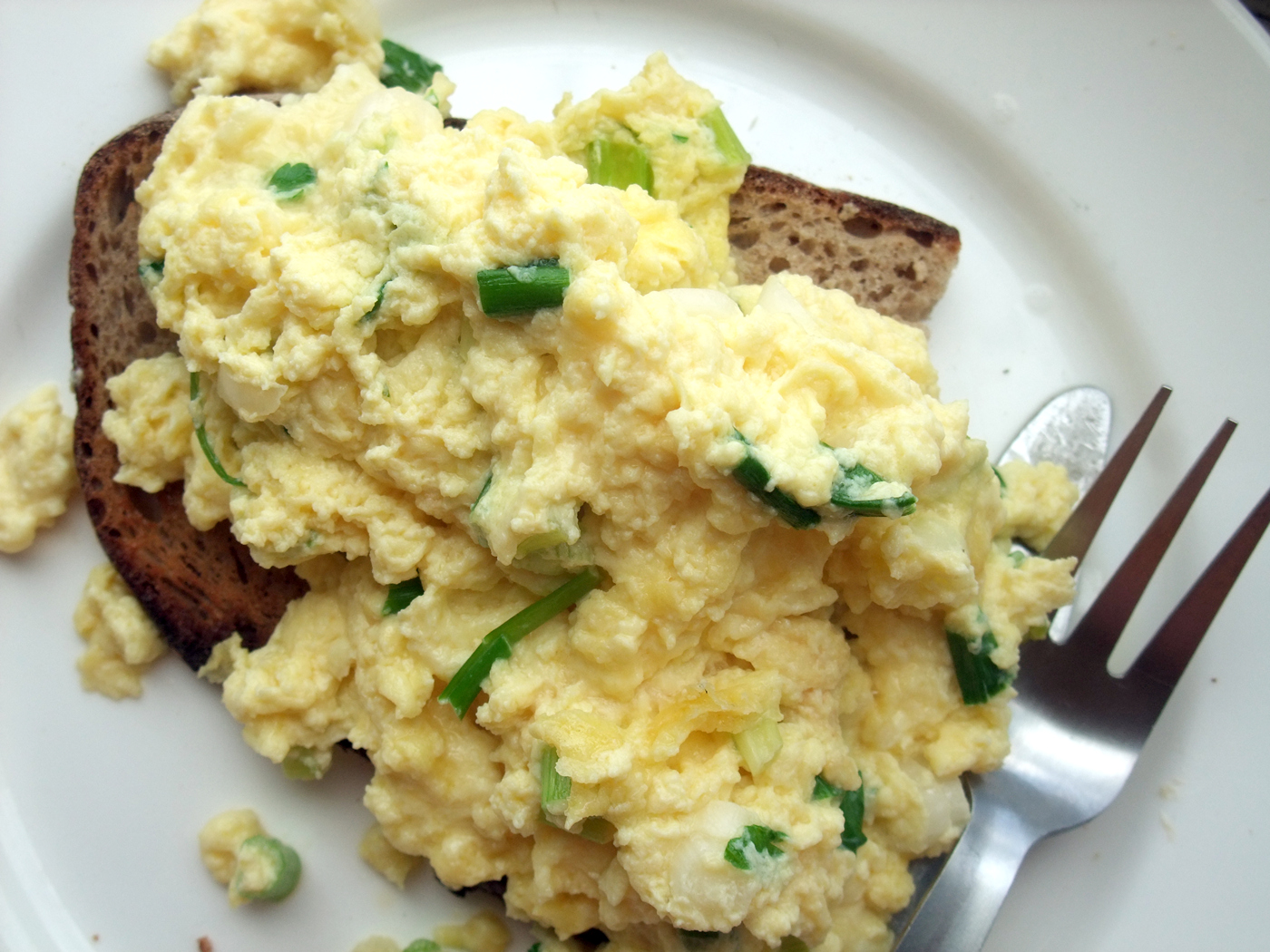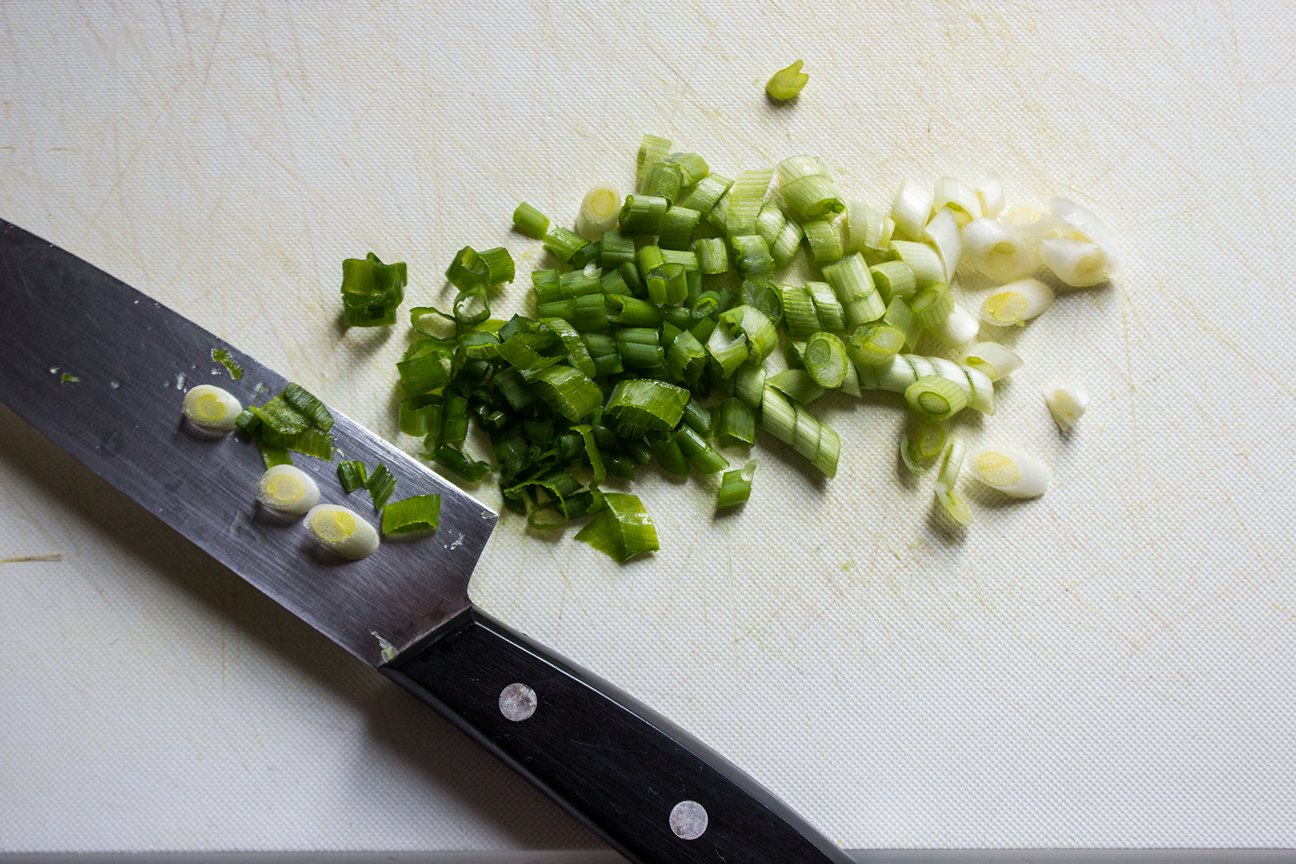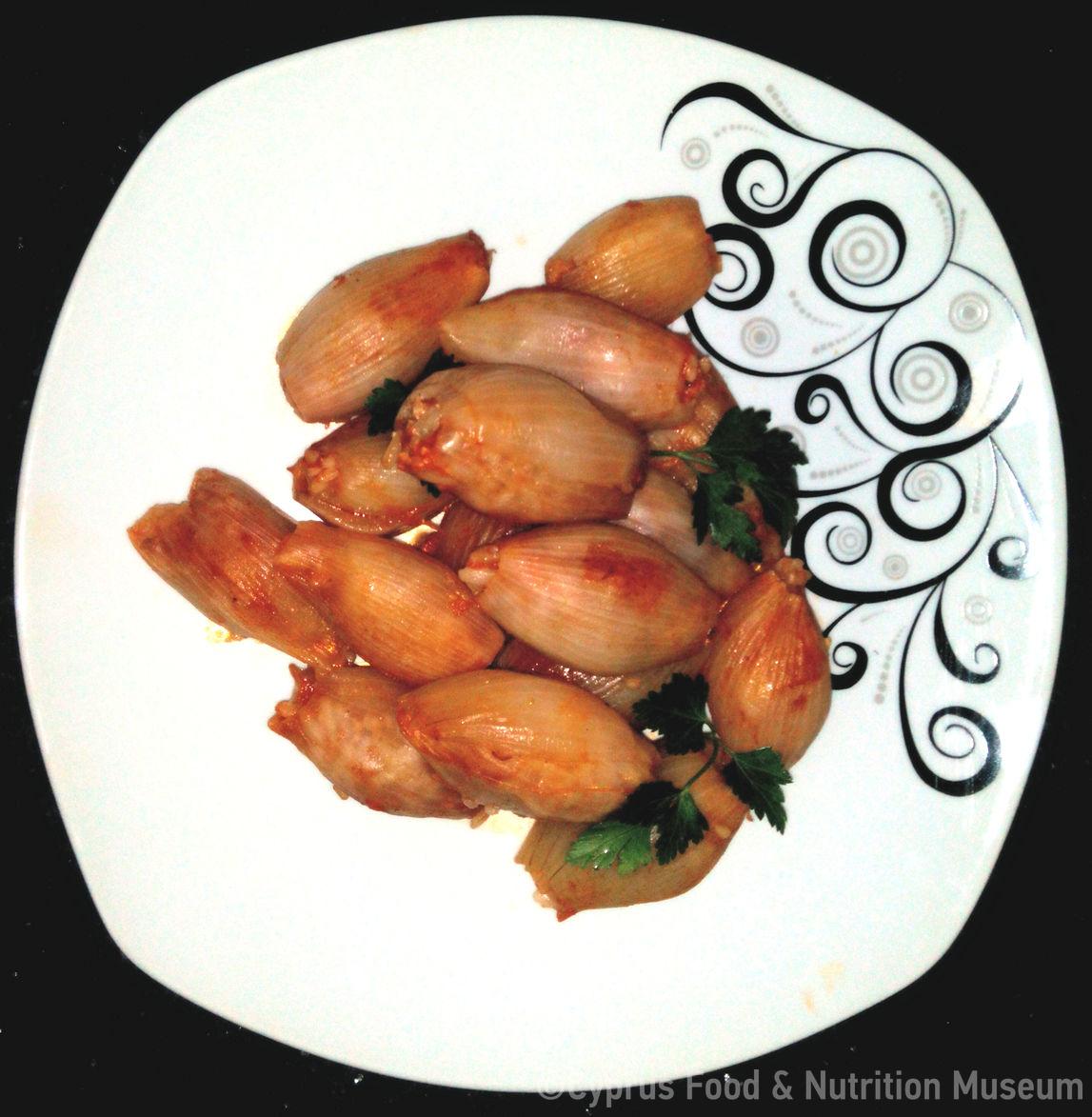Name - Origin
Κρεμμύδι
Ancient krómmyon, krémmyon or krémyon (Kypri, 2003 p.259) Scientific name: Αllia capae (Hadjioannou, 1975, p.370).
s. krommídin pl. krommíthkia
s. kremmídin pl. kremmídia
Functional and symbolic role
Local onions must have been particularly popular as there are three written sources that refer specifically to them (see Supplementary Information).
During the process of blessing a new mother's house with a cross, the onion was on the baby. After that process, the new mother would go out and throw the onion to whoever was passing by. Or, she would stand at the front door facing east and throw the onion backwards through her legs, praying to God to give her "red colour" i.e. her health.The onion was used in many sorcery acts as a deterrent to evil spirits and the evil eye. Onion leaves were used in home censers to ward off evil. (Protopapa, 2009, pp. 217, 229, 231-233, 271, 291, 354, 392, 526).
Additional information and bibliography
There are four bibliographical references to the onions of Cyprus in ancient texts: The earliest reference dates back to the 4th-3rd century BC, in the work 'Περί γρίφων' (On Riddles) by Clearchus of Soli. The word 'krommion' is mentioned among other food names and the passage is quoted by Athenaeus (2nd-3rd century BC) in his work Dipnosophistae. The second reference comes from Pliny (1st century AD) in his work ‘Natural History’: “They also have a smell that makes you weep, especially the Cypriot onions, but less so than those of Knidos” (Pliny, Natural History 19.101 Translation to Greek: Hadjioannou, 1975) Finally, there are two references from the 2nd century AD in Lucian's ‘Dialogues of the Courtesans’. First excerpt: ‘as we sailed from the Bosporus, I brought you onions and five saperdes and four perch from Cyprus’ (14.320). Second excerpt: 'Oh, how happy she will be to have you Dorion, because you will bring her onions and cheese from Cyprus, when you arrive there by ship from Gythio' (14.322) (translation: Hadjioannou, 1975).
One of the materials used for soufes, i.e. the poultices and suppositories on the new mother's reproductive area, was the onion. They would fry the onions with an egg and make a suppository or pound onions and boil them with wine. It was also believed that onions could help with the new mother's milk. Every time a new mother would start breastfeeding, they would boil onion skins and place them on the nipples to soften them. Onion was also associated with stimulating the body and fighting inflammation. People would give to a child that was changing teeth an onion to bite it, perhaps for its antiseptic properties. When people had bruises, they would put a lightly pounded onion on the bruise (Protopapa K, 2009, pp. 217, 229, 231-233, 271, 291, 354, 392, 526).
Athenaeus, Δειπνοσοφισταί 14.648f-649a in Gulick, C.B. translation (1980) Athenaeus - The Deipnosophists, Loeb Classical Library vol.6. Cambridge: Harvard University Press, 504
Lucian, Εταιρικοί Διάλογοι 14.320 in: Macleod, M.D. translation (1992) Lucian-Dialogues of the Courtesans, Loeb Classical Library v.7. Cambridge: Harvard University Press, 456
Lucian, Εταιρικοί Διάλογοι 14.322 στο: Macleod, M.D. translation (1992) Lucian-Dialogues of the Courtesans, Loeb Classical Library v.7. Cambridge: Harvard University Press, 460
Michaelides, D. (1998) 'The Food in Ancient Cyprus' στο: Lysaght, P. Food and the Traveller-Migration, Immigration, Tourism and Ethnic group, Nicosia: Intercollege Press, 31
Pliny, Φυσική Ιστορία 19.101 in: Rackham, H. translation (1992) Pliny-Natural History, Loeb Classical Library v.5. Cambridge: Harvard University Press, 486
Hadjioannou, K. (1975) Η Αρχαία Κύπρος εις τας Ελληνικάς Πηγάς, v.B’. Publications of the Holy Archbishopric of Cyprus, Nicosia, 371,383.
Kypri Th. D. (ed.) (1983 [2003²]), Υλικά διά την σύνταξιν ιστορικού λεξικού της κυπριακής διαλέκτου, Μέρος Β΄, Γλωσσάριον Ξενοφώντος Π. Φαρμακίδου, Publications of the Centre for Scientific Research, IX, Nicosia.
Protopapa K. (2009), Τα έθιμα της γέννησης στην παραδοσιακή κοινωνία της Κύπρου, Publications of the Centre for Scientific Research, XLIX, Nicosia.
Natassa Charalmabous, Demetra Zannetou, Stalo Lazarou






